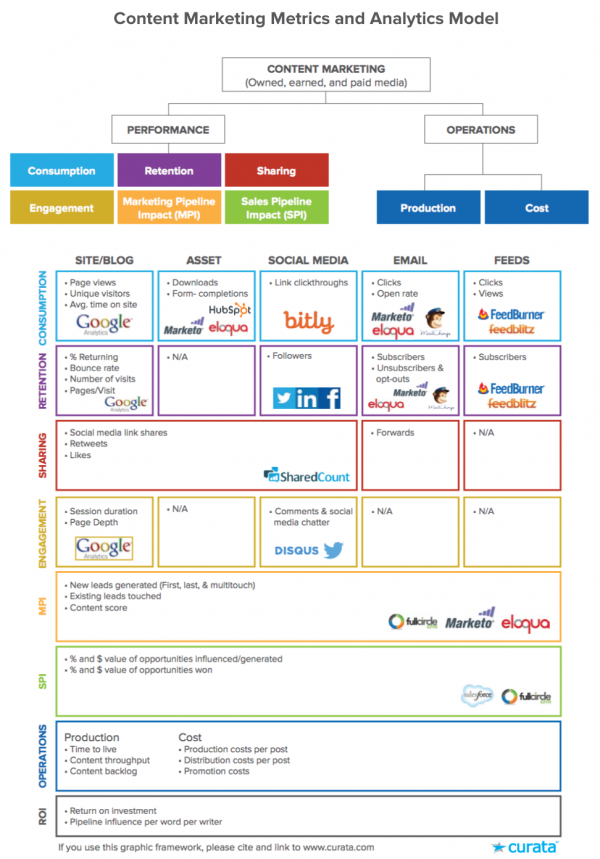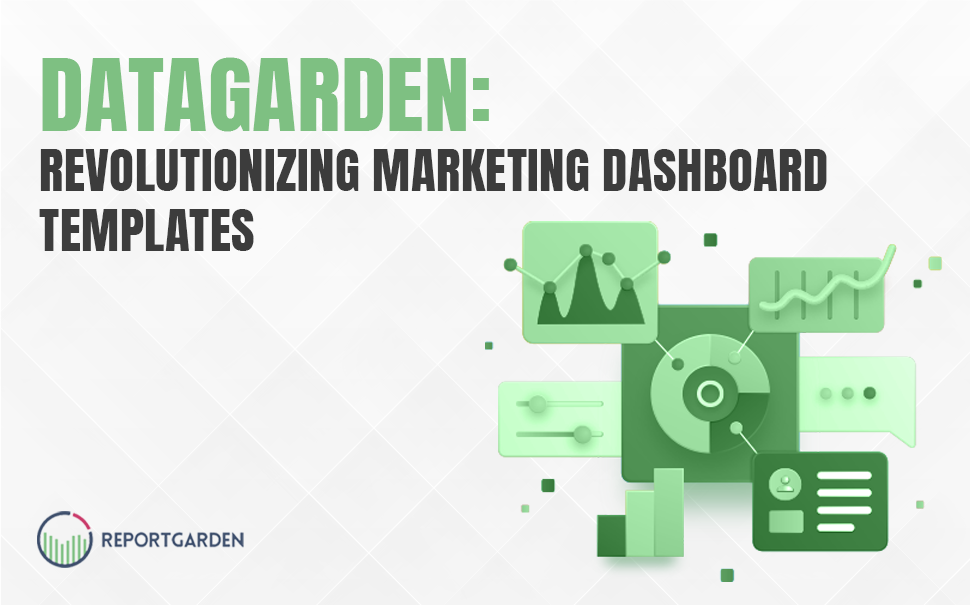We all know that content is the king in the world of SEO and online reputation establishment. Did you know that 88 percent of B2B marketers currently use content strategy as a part of their overall marketing master plan? Did you know that content marketing generates three times as many leads as outbound advertising efforts?
Sixty-eight percent of people using the Internet spend time reading about brands that interest them. Eighty percent report that they appreciate learning about a company through the content that it creates.
Why are all these numbers quoted in the beginning of this guide? They state that the content you produce is a central aspect of your marketing strategy. This is the main reason why you have to take content creation seriously.
If you lack the experience and the knowledge, you’re at a risk of committing a number of content mistakes. Content clutter ranks among the most prominent issues
What’s Content Clutter?
Content clutter refers to tons of information that people have to go through to reach the content that they’re interested in.
The term content clutter has been coined to refer to the excessive amounts of content being produced. Once search engines announced the importance of texts and online reputation establishment, many companies jumped on board. In 2014, spending on content production increased to 43.9 billion dollars in comparison to 40.2 billion dollars just one year earlier.
Cutting through the clutter can be difficult, especially if you’re just getting started with a strategy. You’ll need time and a lot of hard work to make it through.
Still, there are a few universal tips marketers can rely on to get the job done. Here’s a five-step strategy that will lay solid foundations and enhance the appeal of your content. This way, you’ll cut through the clutter and get your audience established relatively fast.
Step 1: Identify the Types of Content You Rely on Most Often

Types of Content
What types of content do you produce and share with the world most often via social media? Having some clarity about what you typically do will make it very easy to identify mistakes, spot clutter and deal with it in an effective way.
Most marketers rely on several very common types of content. These may include:
- Website pages and articles
- Blog posts
- Case studies and white papers
- Infographics and diagrams
- Ebooks
- Content generated by clients (testimonials, reviews, etc.)
- Videos
- Curated content
- Industry news, expert interviews, other content created by authorities
Some of these content varieties will perform much better than the others. While you may think that you’re creating variety, you’re actually contributing to clutter. This is not a good thing. Your audience isn’t going to appreciate being bombarded with tons of content that isn’t relevant or intriguing enough.
When analyzing the content, you’ll need to ask yourself several important questions. Let’s examine a few of the most important considerations in the next step.
Step 2: Analyze Content Performance
The different types of content you rely on will perform in a highly specific way. This is why you have to examine the pieces side by side and ask yourself a number of very important questions:
- Does the specific piece of content have a high informative value?
- Is it unique enough?
- How does the audience respond when the specific type of content is being shared on social media (comments, likes, re-shares and other social signals indicative of engagement)?
- Is your content strategy consistent in terms of quality, informative value and adherence to industry standards? Let’s face it, most of us have been guilty of creating mediocre content for the sake of uploading something.
- Will the audience understand, appreciate and find the content beneficial?
- Will your content address all of your audience’s information needs?
Do this analysis for each type of content. By doing so, you can pinpoint strengths and weaknesses. If the weaknesses outweigh the strengths by a lot, it may be time to reconsider the inclusion of the particular element in your content strategy.
Step 3: Define Goals and Assessment Criteria
In order to get rid of content clutter, you have to determine the goals of the strategy. Pick up a relevant metrics and analyze the content.
It’s very important to ask yourself what you’re trying to accomplish with the content strategy.
Are you introducing a new brand to the world? Trying to reposition yourself in a new market segment? Are you trying to boost audience loyalty, increase sales or beat the competition in a cost-efficient way?
The manner in which content clutter is defined will be heavily dependent on the specific goals of the campaign. If you’re trying to increase general brand recognition, you’ll have to rely on certain kinds of content. If you’re attempting to increase sales, the strategy will have to be completely different.
Once you know what your main goal is, you’ll also get to determine the metrics that will be used to analyze the success of the content strategy.

Content Marketing Metrics by Curata
These could include page views, unique visitors, number of downloads, click-through action, open rates (for email campaigns), new follows, likes, etc.
Step 4: Clean Your Act
Now that you know what you do, what your audience wants and what you’re trying to accomplish. It’s time to come up with a much more focused content plan.
Your plan and the upcoming social media marketing campaign should focus solely on the types of content that you’ve deemed effective.
Many marketers fall in the trap of attempting to upload something new every single day, maybe even multiple times per day. They often focus on overly-promotional texts or content that lacks originality. This will result in loss of their audience without being fully aware of the mistake that they’ve committed.
Remember the golden rule of content creation – quality is much more important than quantity. While maintaining a certain frequency of updating is essential, you should definitely focus on giving people something valuable and entertaining.
Step 5: Test the New Content Strategy and Measure Its Effectiveness
Remember that getting rid of content clutter is an ongoing process.
Doing social media marketing and maintaining a corporate website or a blog both come with a massive bonus. You get an almost immediate feedback from the audience. It’s easy to track performance and find out which pieces of content are doing well and which ones are missing the mark.
It’s not enough to do a single content de-cluttering and leave things as they are. On the contrary! focus on tracking metrics. And make sure that the new approach is capable of accomplishing precisely what you’re looking for.
Tracking tools like Google Analytics and Facebook Insights give you tons of information about the audience profile, what people are doing and how they’re interacting with your content. Based on this information, you can do some additional content de-cluttering to focus your efforts even further.

Remember that as your audience and your marketing goals change, so should your content. You can’t do a one-time analysis and expect it to keep on delivering results for years to come. While content marketing is inexpensive, it does require constant effort. Are you attracting the wrong kind of crowd? Change your content strategy! Are you falling behind the competition? Get rid of clutter once again.
One final thing to remember is to work on making your content engaging (regardless of the content format that you’ve chosen) and unique. These are the two most important characteristics that will determine the success of a content-based strategy every single time. Establish yourself as a industry player by finding unique angles, interviewing experts, working on multimedia and being consistent.


.png)




